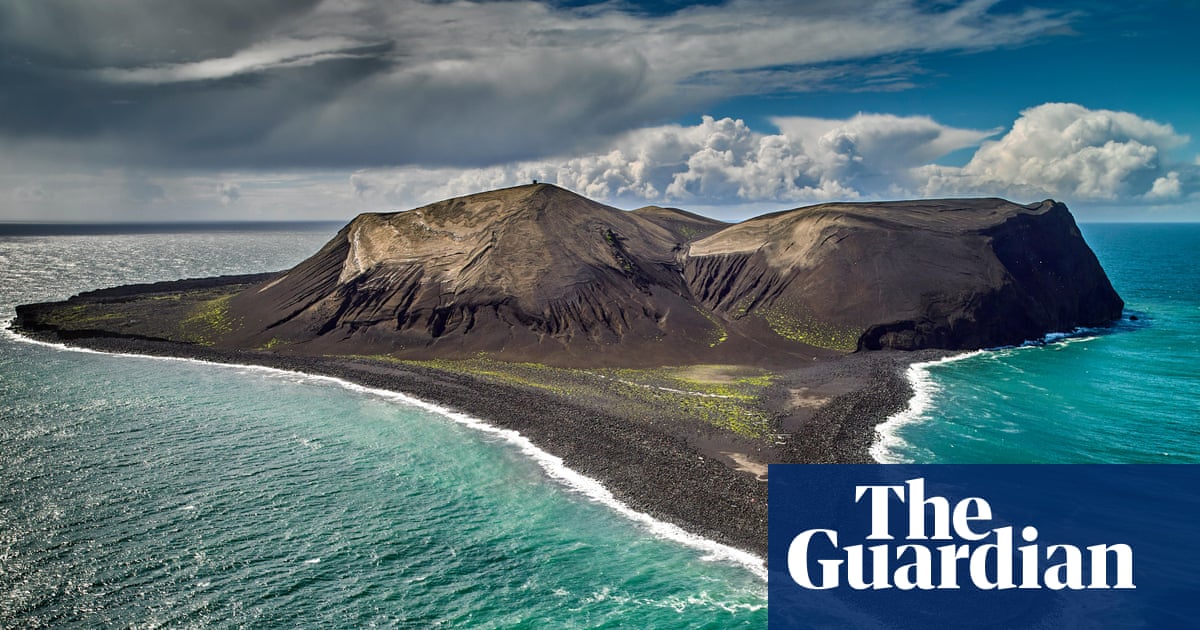
"The crew of the Isleifur II had just finished casting their nets off the coast of southern Iceland when they realised something was wrong. In the early morning gloom in November 1963, a dark mass filled the sky over the Atlantic Ocean. They rushed to the radio, thinking that another fishing vessel was burning at sea, but no boats in the area were in distress."
"By the time the sun had risen, dark ash filled the sky and a ridge was forming just below the surface of the water. By the next morning, it was 10 metres high. A day later, it was 40 metres. An island was being born. Two months later, the rock was more than a kilometre long and 174 metres high at its peak. It was named Surtsey after the fire giant Surtr from Norse mythology."
An underwater volcanic eruption off southern Iceland in November 1963 produced ash columns and rapidly built a ridge that soon emerged above sea level. The new land rose from 10 metres to 40 metres within days and expanded to over a kilometre in length and 174 metres in height within two months. The island was named Surtsey. The eruption waxed and waned and continued intermittently before ceasing after two years. Such island-forming eruptions are extremely rare in that area, occurring roughly every 3,000 to 5,000 years, and are often quickly eroded away by the ocean.
Read at www.theguardian.com
Unable to calculate read time
Collection
[
|
...
]